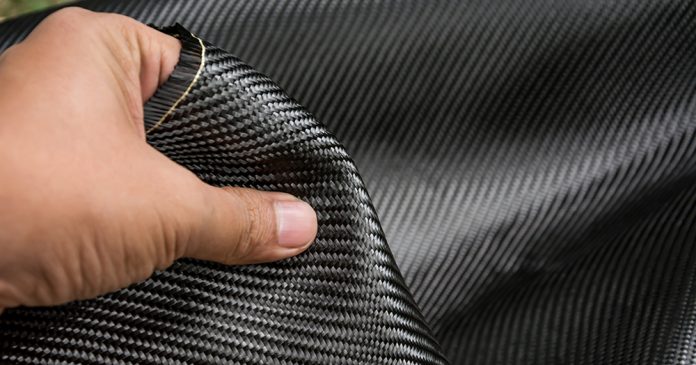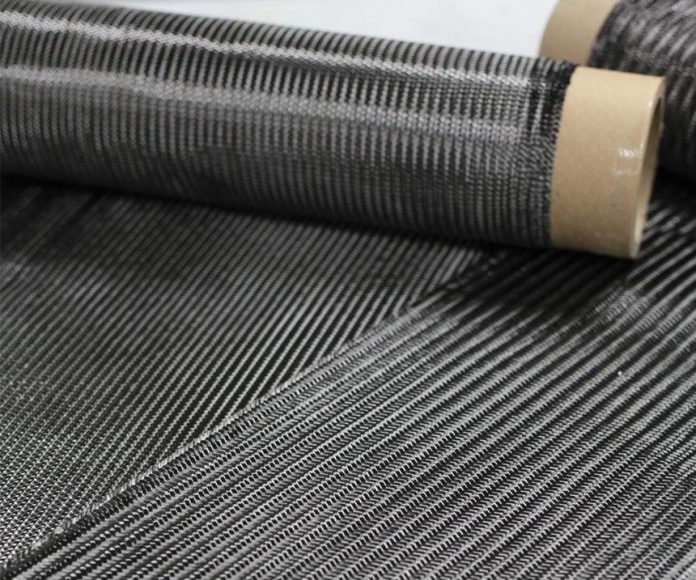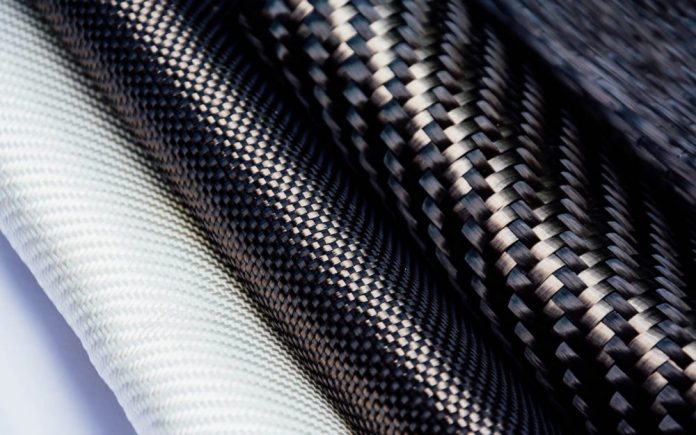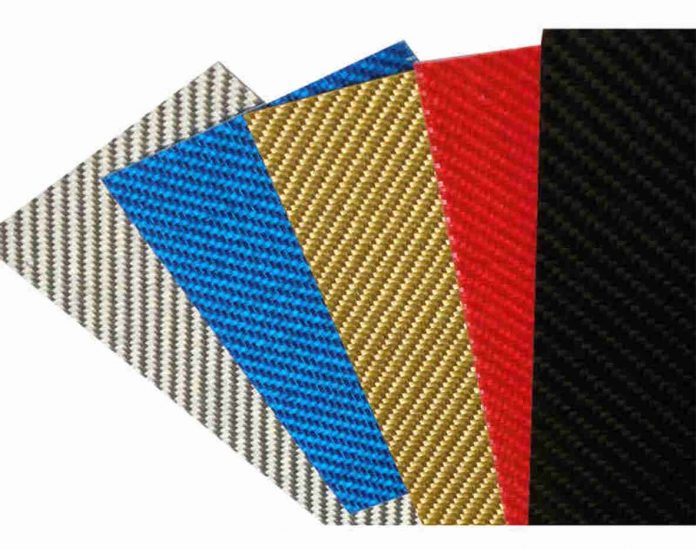Carbon fiber was invented in 1958 and it is made up of thin fibres which can be tangled together to form a yarn. This yarn is again put together into a fabric called fiber fabric. Carbon fiber sheet is manufactured by carbon fiber in which carbon fiber is infused with epoxy resins. Then several pieces of fabric are heaped over a mould to make pieces of different sizes. These pieces are again saturated with resins and at the end, they are heated so that the resins blend throughout all the layers. The lighter carbon sheets have between 3000 to 6000 thin fibres in the yarn and heavier ones can have up to 12 000 thin fibres. Demand for CF will rise as the global demand will exceed 77000 tons in 2018 and more than 15000 tons in 2025. It is used in high-performance products like aircraft, race cars, and sporting equipment.
The most important raw material used to make carbon fiber is polyacrylonitrile or PAN, which is used more than 90% while manufacturing.
Types of Carbon Fibers:

- Standard modulus carbon fibres: these kinds are the most cost-effective ones if you look at their strength per unit. These subcategories are t300 carbon fibre, t400H, t700, t700S and t700G carbon fibre. Thin fibres in these yarns are from 1K TO 24K. The most widely used and the most economical is the 3K one.
- Intermediate modulus: these are used for industrial uses. These fibres have 6k, 12k, 18k and 24k thin fibres in them.
Advantages of Carbon Fiber Sheets
- Lightweight: carbon fiber is a low-density material with a very high strength to weight ratio. The strength of a material is the force per unit area at failure which is divided by its density. Any material which is lightweight and is strong has an appropriate strength/weight ratio. Carbon fiber sheets and parts are used in the aerospace industry where it is used to make lighter and stronger plane parts due to its good strength property. It is also used to replace other metals. Their demand in the aviation and automotive industries is growing rapidly. In fact, carbon fiber is stronger than steel but lighter than aluminium.
- Low thermal expansion: in comparison to steel and aluminium carbon fiber will expand or contract less in hot or cold conditions. Low coefficient of thermal expansion makes carbon fiber suitable for applications whereas small movements can be sensitive. Telescopes and other optical machinery are also an application of it.
- Corrosion resistance: corrosion resistance is the ability to prevent environmental degradation by chemical or electrochemical reactions. When made with suitable resins, carbon fiber composite is one of the most corrosion-resistant materials available.
- Electrical conductivity: carbon fiber composites are modest conductors of electricity (106S/m) – less than metals.
- Ultra-violet resistant: UV resistance is the ability of a material to tolerate the degradation that can be caused by exposure to UV light. Carbon fiber can be UV resistant with the use of proper resins.
Disadvantages of Carbon Fiber Sheets

- Carbon fiber will break or shatter: when it is compressed, pushed beyond its strength it will break. It will be cracked if it is hit by a hammer. Machining carbon fiber sheets is not an easy process. Once the carbon structure is cracked you cannot fix it and get it back once the structure gets damaged the fibres lose their shape and are not strong enough anymore. Most of the time the structure had to be removed and placed by the new one.
- Relative cost: carbon fiber is high-quality material with a price to match. Another carbon fiber cost factor is energy. It takes a lot of energy to augment each fibre with carbon atoms. A Lot of energy is also required to bundle the carbon together into fibres and threads. Energy cost is the biggest factor of expense in carbon fibre parts manufacturing. The machinery used in production is also very expensive as they are the most advanced one. Check DexCraft and find more information.
- Environmental unfriendly: carbon fiber is not good for the environment – it is environmentally unfavourable. It is not easily biodegradable. It is very harmful to the human body as it can cause several problems like lung cancer. The microfibres if not under control can cause serious health problems, these can stick into the human mucous membrane or human skin and cause irritation on human skin as they quickly penetrate deep into the skin.
- Always requires a mould: a very big disadvantage of using carbon fiber is that you will always need a mould if you want to make a decent product and making a mould is not always an easy job and most of the time you will need specialists to help you out.
- Difficult recycled: carbon is not as easily recycled yet like you can recycle steel and many other materials. So, when you replace a piece of carbon fibre you will have a lot of waste, so it is not an easy job to recycle carbon fiber. It is wasteful to produce and is very difficult to recycle as others can melt.

The next generation of carbon fiber composites are very effective as it will reduce passenger car weight by 50% and will also improve fuel efficiency by about 35% without any decline in performance or safety. An advanced thing that would save more than $5000 in fuel over the life of a car as compared to today’s gasoline prices.
In addition to this, as it is used for the production of cars and trucks, advances in carbon fiber will help American manufacturers as they will lower the price and will also improve the performance of wind turbines blades, towers, electronics and many energy-saving storage components and power transmission lines. Hence, carbon fiber has many advantages and very few disadvantages which they will overcome very soon.









